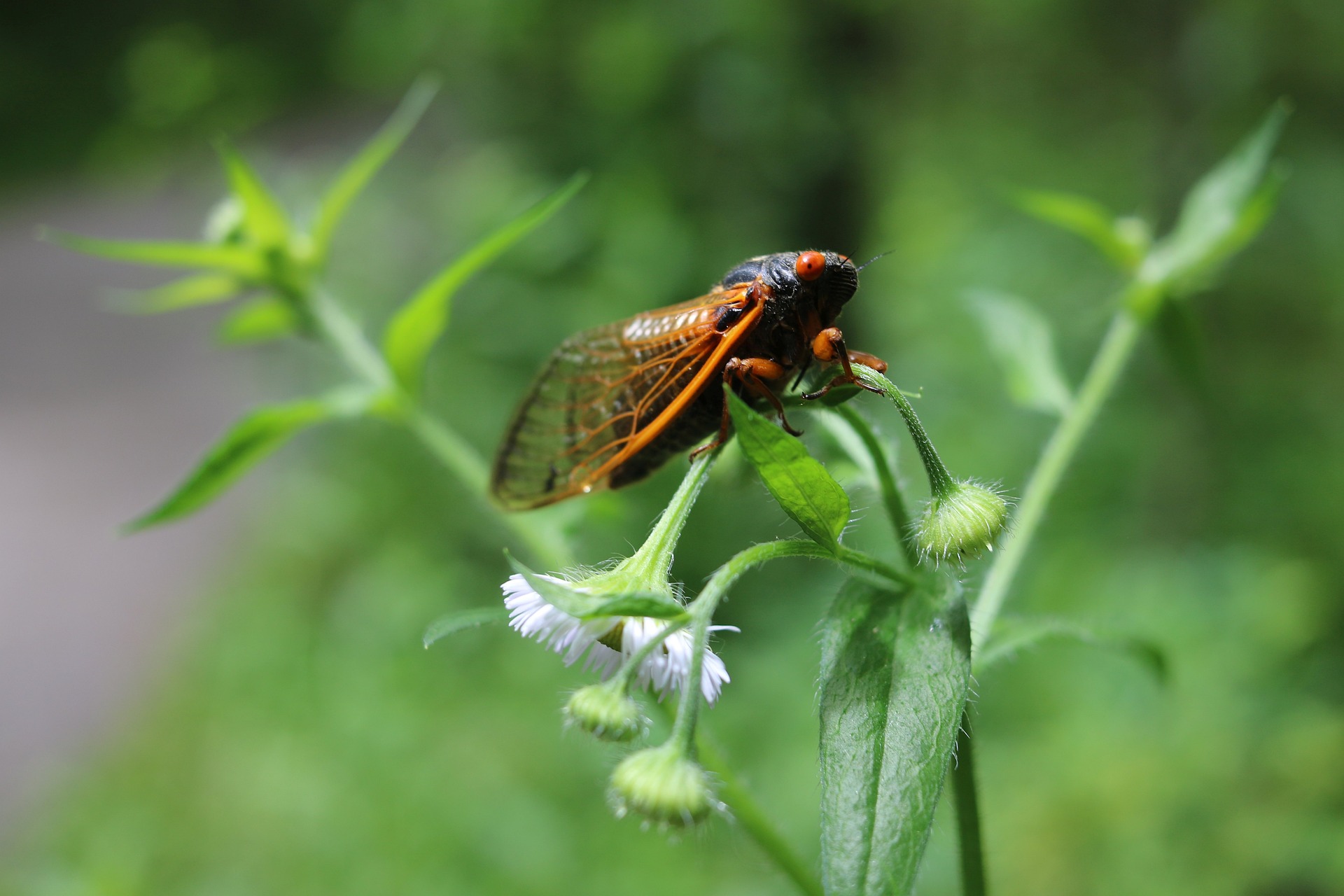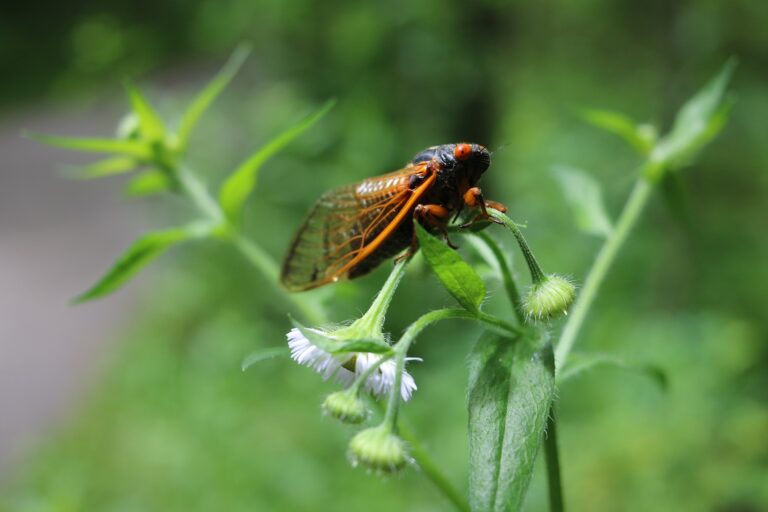The hot summer in Illinois is expected to bring a wave of increased bug activity. The billions of cicadas that invaded the state this spring were just the start of what could be a difficult pest season.
Hot Summer Equals Bug Invasion
An above average hot summer and equal rains forecasted for Illinois mean escalating pest activity. Pest control resource The Pest Dude warns about rising activity from different insects, such as,
- Ants
- Bed bugs
- Centipedes
- Cockroaches
- Crickets
- Houseflies
- Silverfish
- Spiders
The Pest Dude made this prediction by analyzing patterns from the National Oceanic and Atmospheric Administration (NOAA).
Defensive Techniques
Methods are available to combat these pests. The Pest Dude suggests several approaches,
- Closing Entry Points, this can keep ants, cockroaches, centipedes, spiders, crickets, and silverfish out of homes.
- Baits and Traps, these can catch any ants, cockroaches, spiders, houseflies, crickets and silverfish that have slipped through.
- Lower Moisture Levels, reduce Clutter, Trash Management, Critical tactics to keep away many bugs.
But bed bug infestations call for stronger measures like consistent checkups, heat treatments or professional extermination services.
About Cicadas
There are two main types of cicadas in Illinois-Annual and Periodical, appearing yearly and once every 13 or 17 years respectively. This year is crucial for Periodical cicadas with Broods XIII and XIX appearing across the state simultaneously for the first time since 1803. This won’t happen again until 2245.
Life Cycle and Impact
Periodical cicada life cycle lies among the longest in insect world, living underground for 13 or 17 years. They come out when the soil temperature reaches about 64 degrees Fahrenheit at a depth of 8 inches, typically in late May or early June. Once they emerge, they shed their exoskeletons and spend their short aboveground life reproducing.
The males sing to attract females while females lay their eggs in new growth woody plants. These hatch into nymphs that fall off onto the ground, dig in and feed on tree roots until their next emergence phase. Although cicadas don’t harm humans or pets directly, they can hurt newly planted trees and shrubs.
Resisting Cicada Damage
- To shield young trees from cicada damage, do not plant new trees or shrubs a year before/during a period of cicada emergence.
- Use netting around small trees/shrubs, securing it around the trunk base to hold back climbing cicadas.
- Prune branches/leaves with laid eggs to prevent falling nymphs that burrow into soil.
- Insecticides usually have lesser efficacy and could harm other organisms too.
Other Pest Risks
Illinois citizens also need awareness about common summer pests such as,
- Ants, these enter homes looking for food/water make sure kitchen is tidy with sealed food containers.
- Bed Bugs, need professional extermination – significant measures include regular checkups along with heat treatments.
- Centipedes and Silverfish, Love humid climates. Lower levels of moisture in basements/bathrooms.
- Cockroaches, attracted to food/wet places. Secure entry points and maintain cleanliness at homes.
- Crickets and Houseflies, an annoying bug indoors. Catch them with traps, keeping the property clean should also dissuade them from entering your homes.
- Spiders, they naturally control pests but can irk some individuals. Sealing methods can prevent them from entering homes.
Chapters of Cicada and Their Repercussions
Brood XIII often known as Northern Illinois Brood will emerge in the northern half of Illinois, whereas Brood XIX, popularly referred to as The Great Southern Brood, in the southern half. These broods encompass multiple species of cicadas displaying distinct songs and minor appearance differences.
Cicadas within Ecosystem
When cicadas emerge, they can provide benefits to the ecosystem. Predators such as raccoons, opossums, coyotes, snakes, birds take advantage of these plentiful insects for a feast which could potentially increase their populations. The leftover bodies of dead cicadas help fertilize soil inducing plant growth.
Cicadas and Climate Change
Cicadas are susceptible to climate fluctuations above average hot winters/springs could cause early emergence. Studying emergence patterns could provide insights into wider climate shifts.
Conclusion
Illinois inhabitants need to gear up for an active pest season this summer. By implementing preventive measures and understanding how these pests live and behave, they can cut down their impact drastically whether from sealing off ways in or using traps just being alert can help keep these bugs out.











+ There are no comments
Add yours